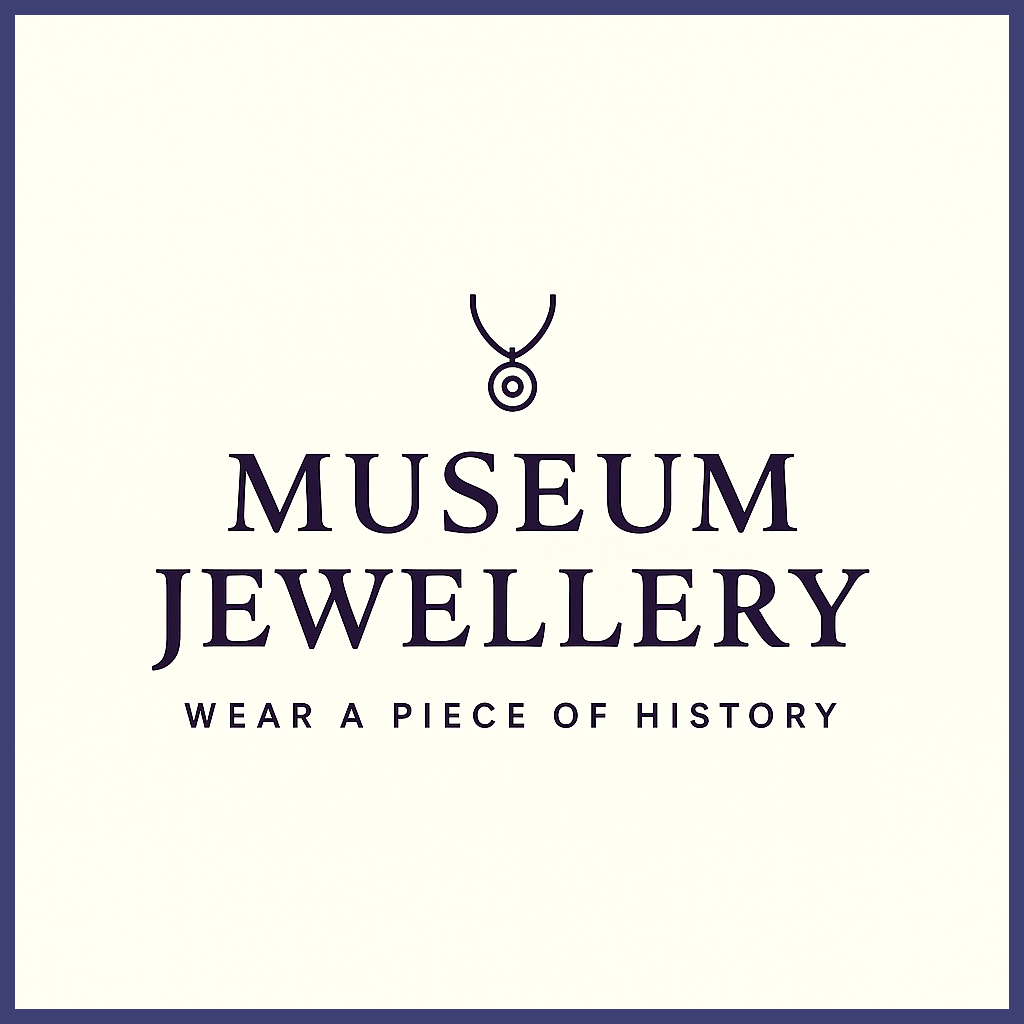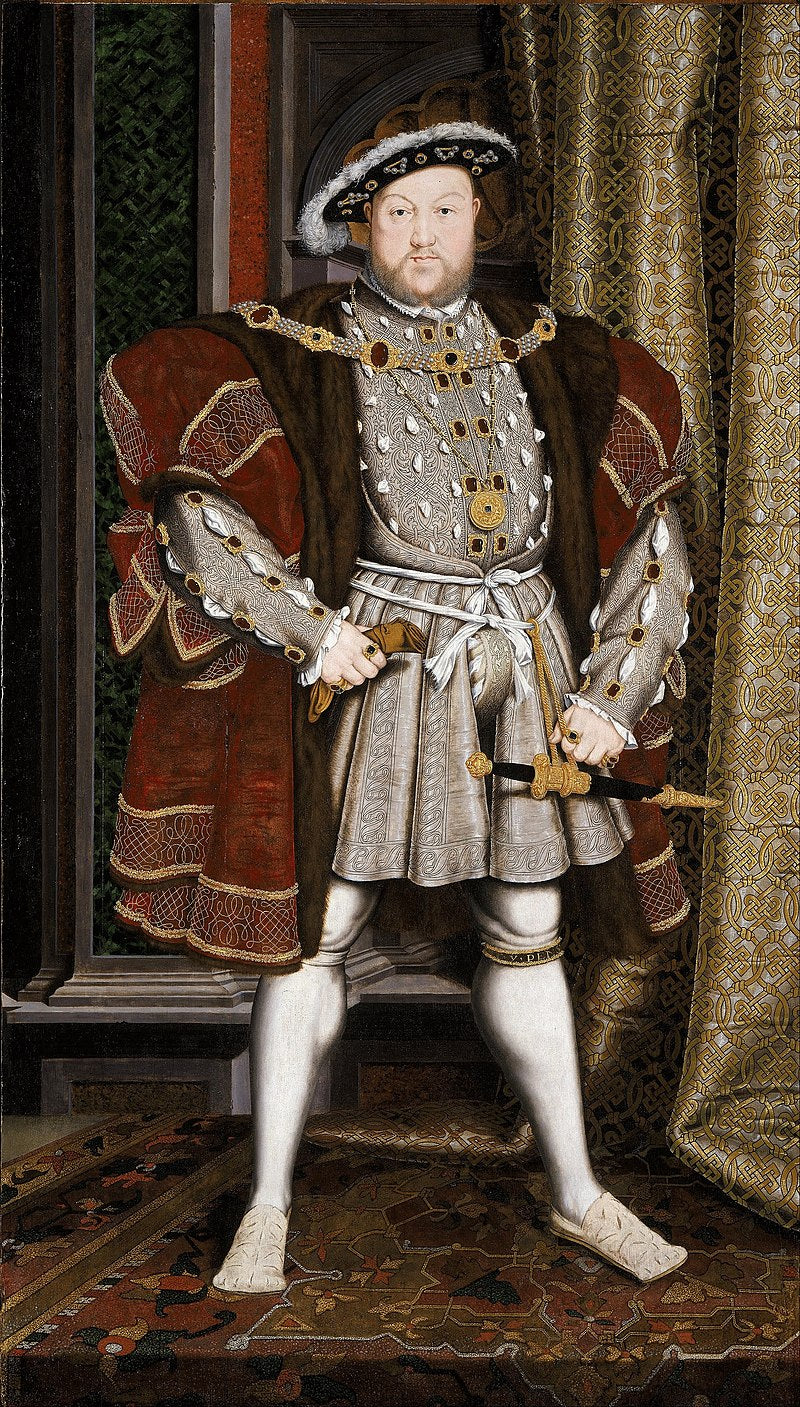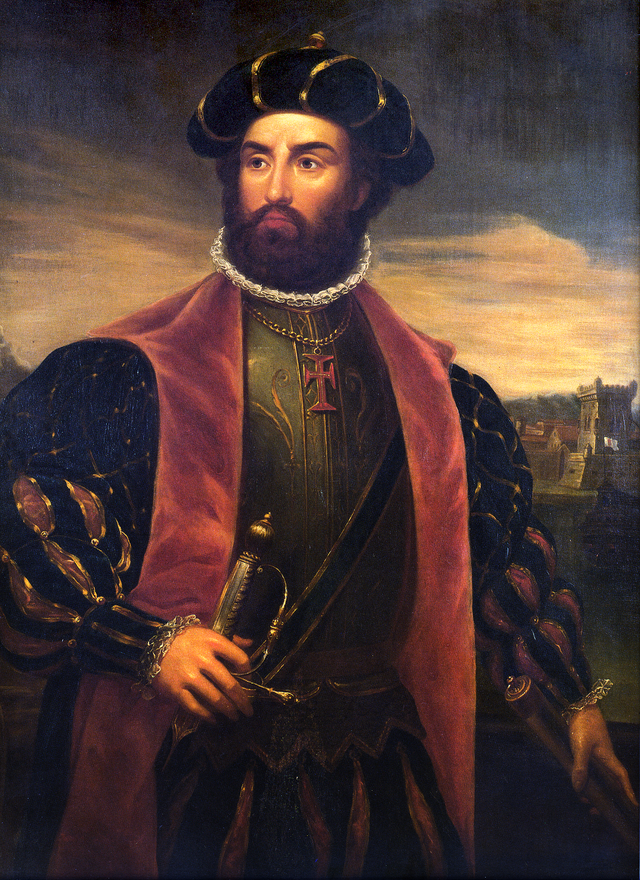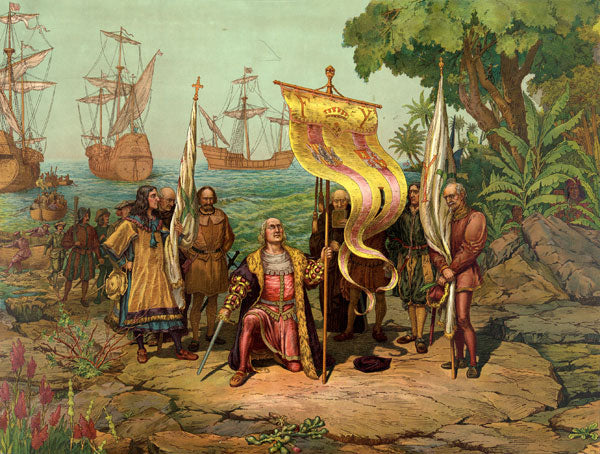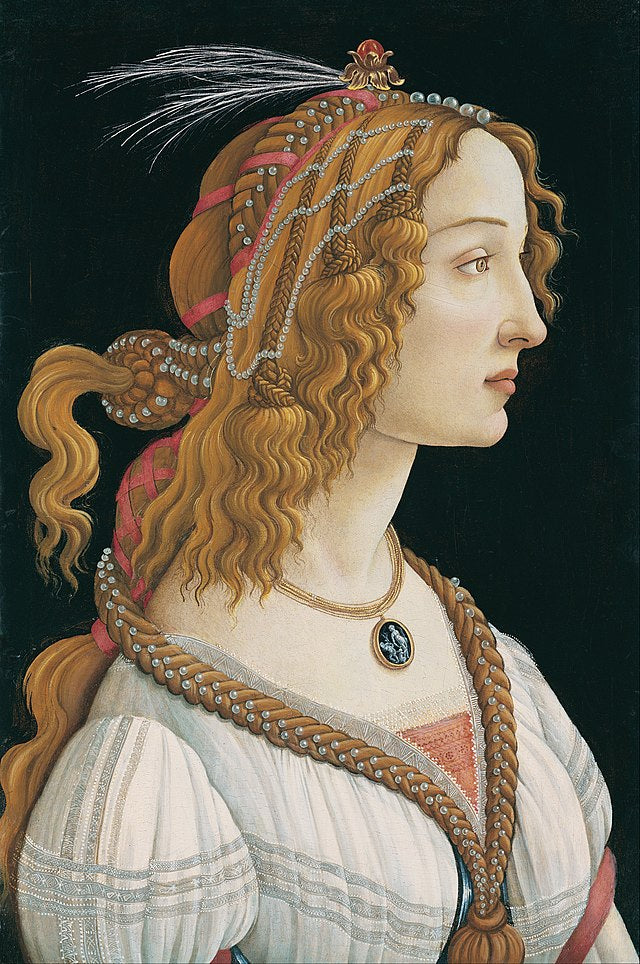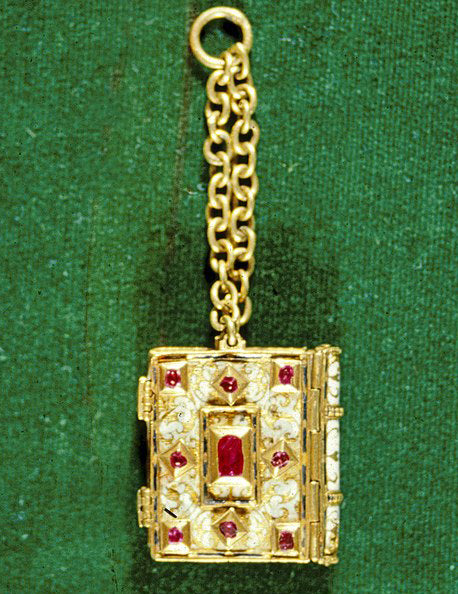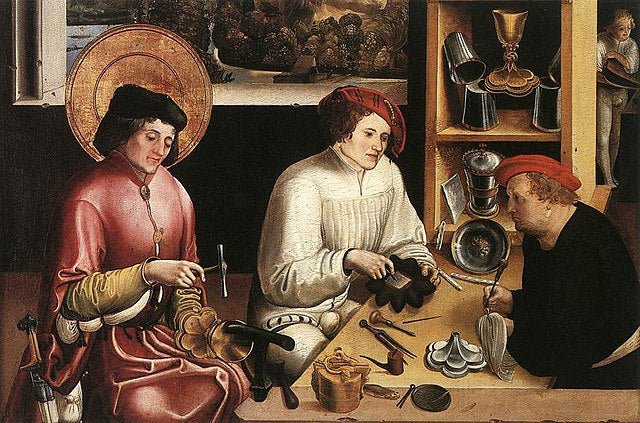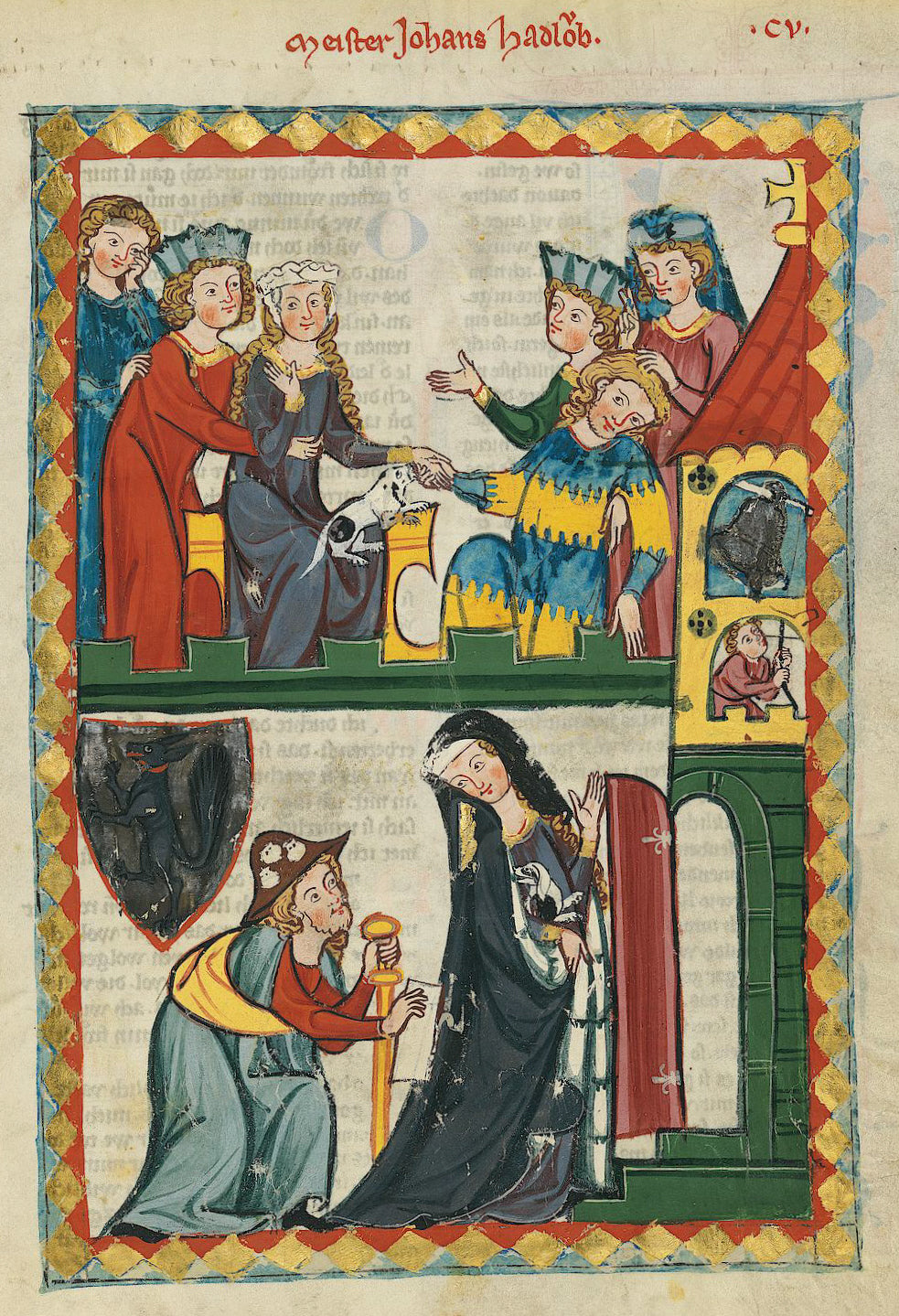
Illustration on top: Codex Menesse - a Pilgrim on the way of St James
In the Late Middle Ages, spanning from 1200 to 1400, Europe experienced a significant cultural and artistic shift with the emergence of the Gothic style. This style, characterized by pointed arches, ribbed vaults, and flying buttresses, was primarily used in the construction of cathedrals and other religious buildings, and it symbolized the ideals of Christianity and chivalry. The architecture of these buildings was not just a representation of religion and spirituality, but it also reflected the cosmological beliefs and the interconnectedness of life and death.
The German nun Hildegard von Bingen, in the 12th century, was one of the most prominent figures who beautifully illustrated this connection through her art and writing. She was a polymath who was well-versed in many fields such as medicine, botany, and music, and her works were an embodiment of the holistic approach to life in the Middle Ages.
In the realm of jewelry-making, Christian symbols continued to dominate, but the increasing demand from the nobility led to the development of new religious and secular styles. Pearls and gold became more characteristic, as seen in the pearl-studded gold cross. The original cross, which is the origin of this copy, was an example of this style and was a part of Monomakh's oriental hat, which dates back to between the 1400s and the early 1500s. It was used for special ceremonies at the Russian court and was last used at the coronation of Peter the Great in 1682.
Overall, the Late Middle Ages was a period of great cultural and artistic development in Europe. The emergence of the Gothic style in architecture, the influence of Christianity and chivalry, and the holistic approach to life and death all contributed to this development. It also saw advancements in the field of jewelry-making, with the emergence of new religious and secular styles, and an increased use of pearls and gold. The pearl-studded gold cross was an example of this style and was used in important ceremonies at the Russian court.
